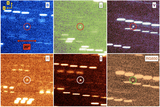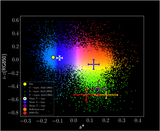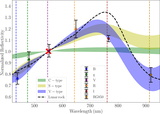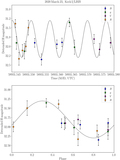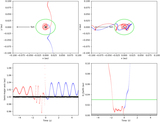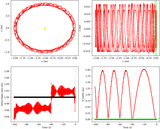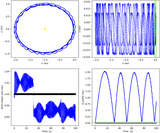Image Details
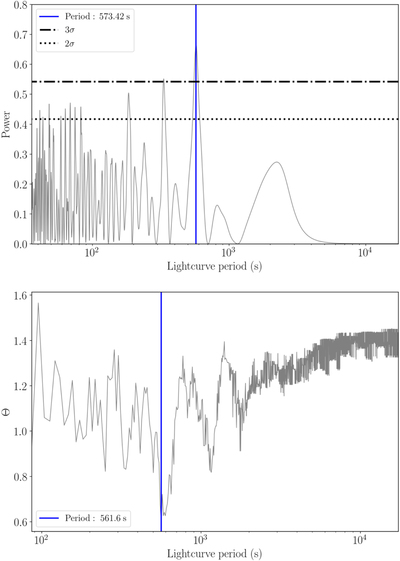
Caption: Figure 5.
Top panel: Lomb–Scargle periodogram of light-curve period vs. spectral power (Lomb 1976) for the Keck I/LRIS light-curve data from the 2020 March 23 UTC observations. A peak in the power is located at a double-peaked light-curve period of 573.4 s. Bottom panel: phase-dispersion minimization analysis of light-curve rotation period vs. Θ metric (Stellingwerf 1978). The Θ metric is minimized at a double-peaked rotation period of 561.6 s, consistent with the 573.4 s rotation period found with the Lomb–Scargle periodogram.
Copyright and Terms & Conditions
© 2020. The American Astronomical Society. All rights reserved.


